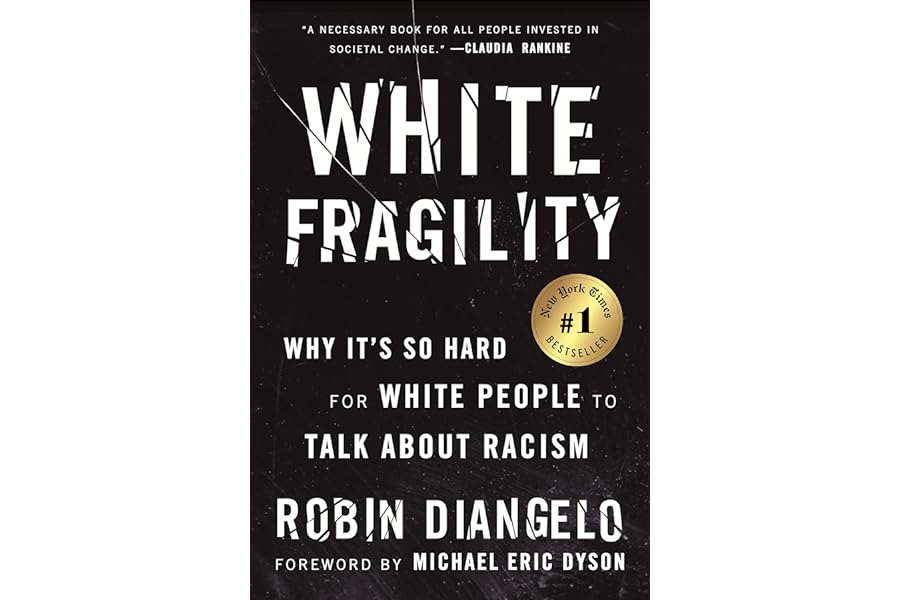One sentence summary
In White Fragility: Why It’s So Hard for White People to Talk About Racism, Dr. Robin DiAngelo examines racism in America and the belief systems, pressures, and defensive postures that white people use to maintain their positions of privilege.
Book genre
Non-fiction; Social Science; Race Relations
Main topic of the book
The main topic of this book is racism in America and why it is difficult for white people to talk about it.
Key ideas
- White fragility – the inability or unwillingness of white people to tolerate opposing views on race, particularly when it challenges the status quo.
- White privilege – the various benefits that white people receive, often unacknowledged, because of their skin color.
- Internalized racism – the racial biases internalized, largely unconsciously, by people of color as a result of living in a white supremacist society.
- Systemic racism – the various systems of inequality and injustice that disproportionately affect people of color.
Main parts of the book and a short summary
White Fragility is a book divided into three parts.
- Part One: Establishing the Ground Rules – This part sets the stage for the rest of the book by discussing the white cultural norms that make anti-racism conversations difficult. It also examines the concept of white fragility and how it serves to protect whiteness in the face of challenges.
- Part Two: Understanding White Fragility – This part delves into the core beliefs and attitudes that characterize white fragility. It also examines the forces that foster it, such as white privilege and internalized racism.
- Part Three: Moving Beyond White Fragility – This part provides tips and resources for how white people can engage in meaningful dialogue about racism and challenge their white fragility. It provides an action plan for white people to take in order to become better allies to people of color.
Key takeaways
- White fragility is the default response of white people to challenges to the racial status quo.
- White privilege is a set of unearned advantages that white people have over people of color.
- Internalized racism is the internalization of society’s negative views of people of color by people of color.
- Systemic racism manifests as institutional and structural inequalities between white people and people of color.
- The only way to counter racism is for white people to understand and acknowledge their own privilege, be willing to engage in difficult conversations, and take action to challenge systemic racism.
Author’s background and qualifications
Dr. Robin DiAngelo is an expert on race and racial relations. She holds a PhD in Multicultural Education, Masters degree in Education and Bachelor’s degree in Ethnic Studies. She has been a professor at the University of Washington, Seattle, since 1998, and she has authored several books and articles on race and racism.
Target audience
The primary target audience for the book is white people, in particular those who are open to learning about racism and anti-racism.
Publisher and first publication date
White Fragility was first published by Beacon Press in 2018.

